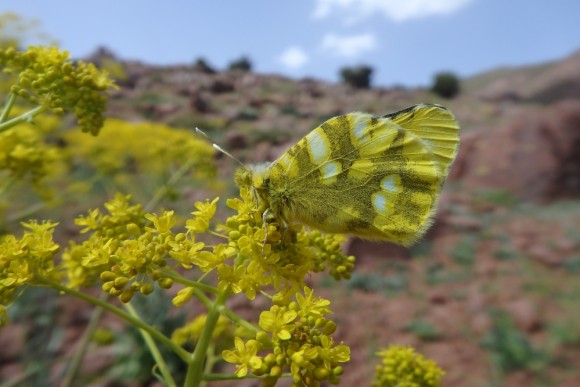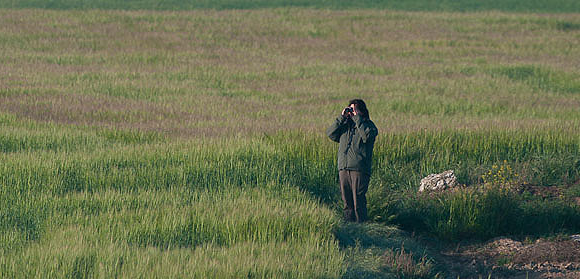Drought is the main factor in falls in Mediterranean bird and butterfly populations
This is reflected in data from bird and butterfly monitoring programmes that have been running in Catalonia for 17 and 25 years respectively. Drought affects bird and butterfly populations differently, with butterfly species from arid areas and bird species from humid areas undergoing the greatest declines.

In the Mediterranean Basin, climate change is causing progressive warming and decreased precipitation. That is affecting ecosystems and plant and animal life, including birds and butterflies, with species from warm climates growing in numbers and those from cold areas waning. Until recently, all the available information seemed to point to temperature as the main cause of the phenomenon in question. However, a new study published in the journal Scientific Reports and led by researchers from the Catalan Ornithological Institute and the Granollers Museum of Natural Sciences identifies drought as the chief culprit. Based on data from 25 years of butterfly monitoring and 17 years of bird monitoring in Catalonia, the study concludes that drought has a greater effect than temperature on both bird and butterfly populations, and that the impact of temperature is only actually significant in the case of birds.
The study is based on data from 25 years of butterfly monitoring and 17 years of bird monitoring in Catalonia.
“That’s particularly relevant in Mediterranean systems, which are highly constrained by the amount and the timing of rainfall”, says study co-author Constantí Stefanescu, a Granollers Museum of Natural Sciences researcher associated with CREAF.
The study used data from the Catalan Standard Breeding Bird Survey (CBBS) and the Catalan Butterfly Monitoring Scheme (CBMS) to evaluate the role of temperature and precipitation preferences (i.e. species’ essential climate-related needs) in bird and butterfly population trends in Catalonia. Its results show that such trends are first and foremost related to precipitation preferences. Temperature preferences have a weaker influence and, as mentioned above, are only significant where birds are concerned.

Diametrically opposite reactions to drought
The study also shows that the effect of precipitation on population trends operates in opposite directions in the two groups of species, with butterfly species from arid environments and bird species from humid habitats experiencing the greatest falls in numbers owing to drought. The contrast in question is a consequence of the different traits of the two types of animals.
In general, the study’s results suggest that water availability is a key factor in animal population changes in the Mediterranean region, and that the nature of its impact largely depends on the characteristics of each group of creatures.
“Birds are better able to withstand water stress, whereas butterflies, particularly when immature, can’t cope with extreme drought; they dry out and die”, explains Sergi Herrando, another of the study’s authors. “In mountain environments, however, reduced rainfall when birds are breeding can put nestlings’ food supply at risk, if, for example, the invertebrates they feed on are affected”, he continues.
In general, the study’s results suggest that water availability is a key factor in animal population changes in the Mediterranean region, and that the nature of its impact largely depends on the characteristics of each group of creatures.

The CBBS and CBMS are promoted by the Government of Catalonia’s Land and Sustainability Department and organized by the Catalan Ornithological Institute and the Granollers Museum of Natural Sciences respectively. Monitoring is performed by hundreds of volunteers trained in species identification who, year after year, give up some of their free time to help find out how populations are changing.
In addition to researchers from the Catalan Ornithological Institute and the Granollers Museum of Natural Sciences, scientists from CREAF, the Catalan Forest Science and Technology Centre, the Autonomous University of Madrid and the University of Évora were involved in the study.
Article:
Herrando, S., Titeux, N., Brotons, L., Anton, M., Ubach, A., Villero, D., García-Barros, E, Munguira, M.L, Godinho, C & Stefanescu, C. (2019). Contrasting impacts of precipitation on Mediterranean birds and butterflies. Scientific reports, 9: 5680.







